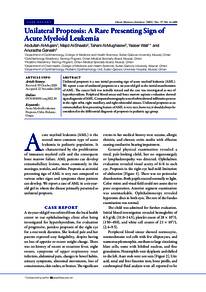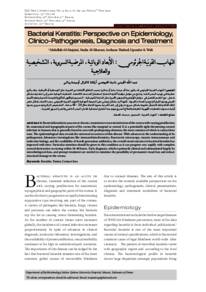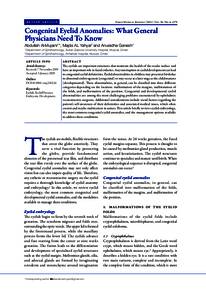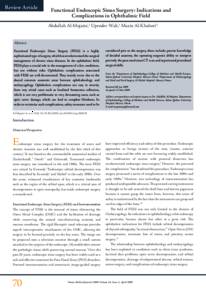Document
Optical coherence tomography: clinical applications in medical practice.
Identifier
DOI 10. 5001/omj.2013.24
Contributors
Wali, Upender., Author
Azeem, Sitara., Author
Publisher
Oman Medical Specialty Board.
Gregorian
2013-03
Language
English
English abstract
Optical Coherence Tomography (OCT) is a success story of scientific and technological co-operation between a physicist and a clinician. The concept of cross-sectional imaging revolutionalized the applicability of OCT in the medical profession. OCT is a non-contact, topographic, biomicroscopic device that provides high resolution, cross-sectional digital images of live biological tissues in vivo and in real time. OCT is based on the property of tissues to reflect and backscatter light involving low-coherence interferometry. The spatial resolution of as little as 3 microns or even less has allowed us to study tissues almost at a cellular level. Overall, OCT is an invaluable adjunct in the diagnosis and follow up of many diseases of both anterior and posterior segments of the eye, primarily or secondary to systemic diseases. The digitalization and advanced software has made it possible to store and retrieve huge patient data for patient services, clinical applications and academic research. OCT has revolutionized the sensitivity and specificity of diagnosis, follow up and response to treatment in almost all fields of clinical practice involving primary ocular pathologies and secondary ocular manifestations in systemic diseases like diabetes mellitus, hypertension, vascular and neurological diseases, thus benefitting non-ophthalmologists as well. Systemically, OCT is proving to be a helpful tool in substantiating early diagnosis in diseases like multiple sclerosis and drug induced retinopathies by detecting early changes in morphology of the retinal nerve fiber layer.
Member of
Resource URL
Citation
Al-Mujaini, Abdullah, Wali, Upender,& Azeem, Sitara (2013). Optical coherence tomography: clinical applications in medical practice. Oman Medical Journal, 28 (2), 86-91.
Category
Journal articles







